Nostalgia Meets Innovation: Arduino Nano ESP32 Retro Games Console
Lately, there have been several efforts to make the retro video game DOOM compatible with low-powered microcontrollers. In this project documented by Knaveen he opted to use Retro-Go, an open-source firmware that allows retro games to be played on ESP32-based MCUs. While this firmware doesn't support Arduino Nano ESP32 directly, its flexibility makes it possible to be ported to other ESP32-based MCUs.
A Closer Look at the Hardware
At the heart of this retro handheld console lies the Arduino Nano ESP32, renowned for its versatility and power. It's not just about running Doom; this console offers an experience, a tactile engagement reminiscent of the classic gaming era, yet infused with modern technology that elevates it beyond a mere gaming device.
Every component, from the breadboard to the spy screen and thumb joystick, is meticulously assembled to offer functionality and an experience. The Adafruit touch shield, wired up meticulously, adds a layer of interaction that's both intuitive and engaging.
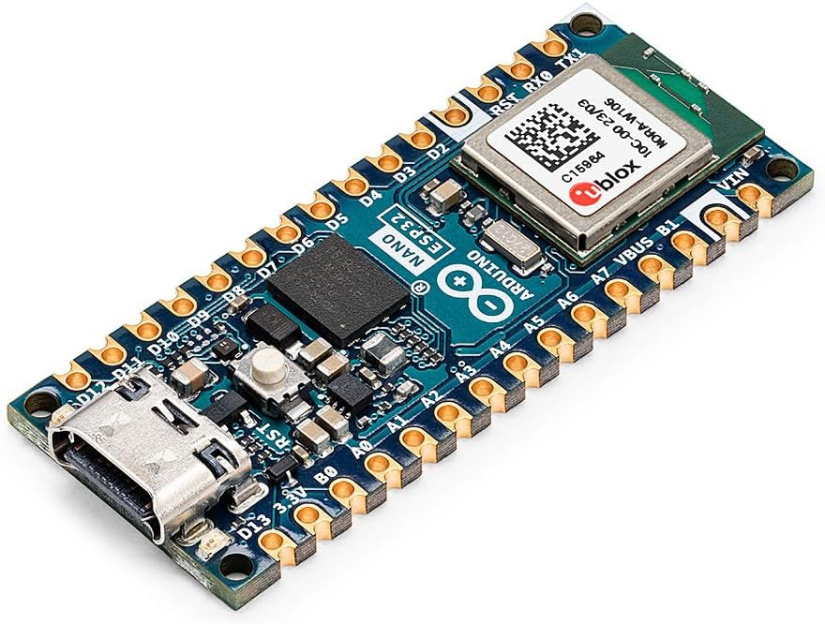
Seamless Integration and User Experience
What stands out with the Arduino Nano ESP32 is the seamless integration of components and software, offering a user experience that's as intuitive as it is engaging. The Retro-Go framework facilitates the running of not just Doom but a plethora of other classic games, turning this compact device into a universal retro gaming console.
The project documented by Knaveen is a great step-by-step tutorial that anyone can follow. Every step of every integration is detailed, offering insights and guidance to both seasoned makers and novices alike. It's not just about playing the game; it's about immersing oneself in the making, the crafting, and ultimately, the playing experience.
Exploring the Technical Landscape
The Arduino Nano ESP32 is not just defined by its ability to run classic games but is distinguished by its technical prowess. The device is embedded with a range of features that make it a standout in the intersection between IoT and gaming.
With a focus on user accessibility, the console incorporates a breadboard, spy screen, and thumb joystick, each contributing to a gaming experience that is as immersive as it is nostalgic. The integration of the Adafruit touch shield, paired with the meticulous wiring, ensures that each interaction is intuitive, drawing gamers into a world where every touch is a blend of the past and present.
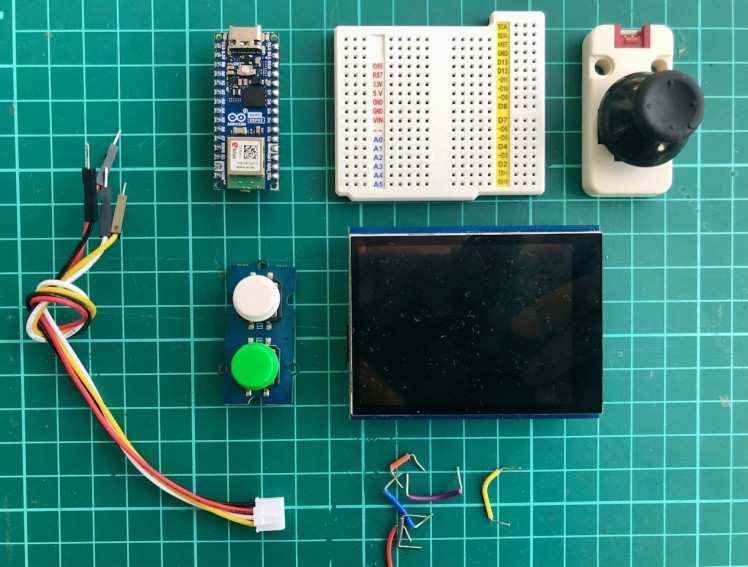
Customization and Expansion
The Arduino Nano ESP32 is a canvas for creativity, offering users the flexibility to customize and expand their gaming experience. With a robust architecture and compatibility with a plethora of accessories and software, the console is a playground for enthusiasts looking to push the boundaries of retro gaming and IoT.
The open-source nature of the Arduino platform ensures that the console is ever-evolving. Users are not just gamers but contributors to a growing ecosystem where each modification, each enhancement, and each custom-built game enrich the collective experience.
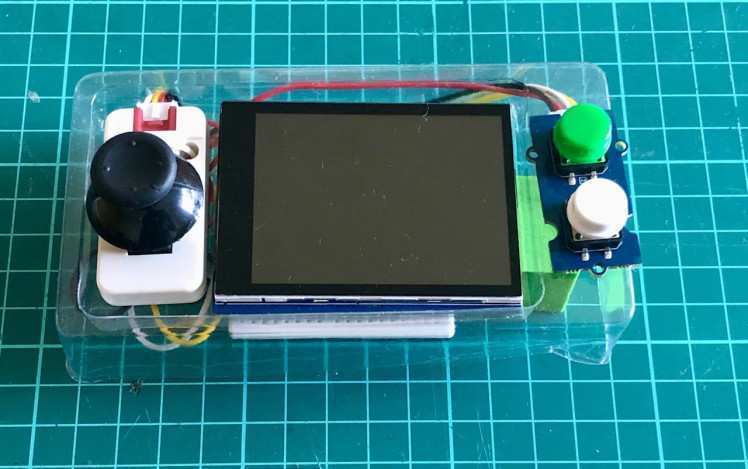
Looking Ahead
We look forward to seeing where Knaveen takes this project and what other retro-game projects he decides to build in the future. Have you built a retro-game arcade or handheld device? Let us know in the comments below!
Did you enjoy this article?
Make sure you subscribe to The Electromaker Show for similar content and subscribe to our monthly newsletter!






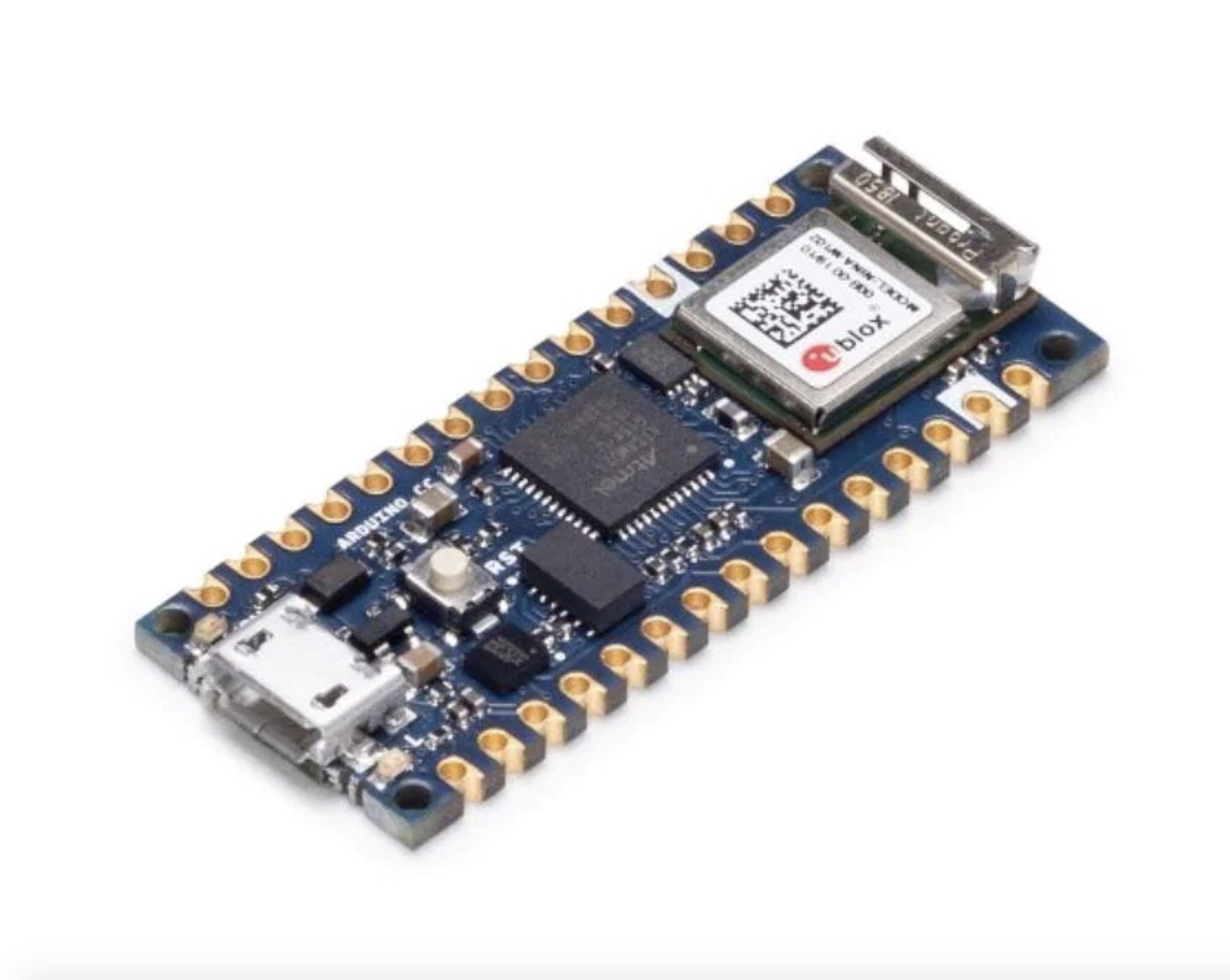
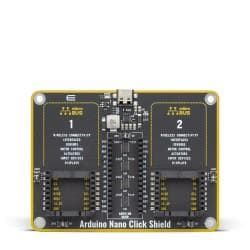
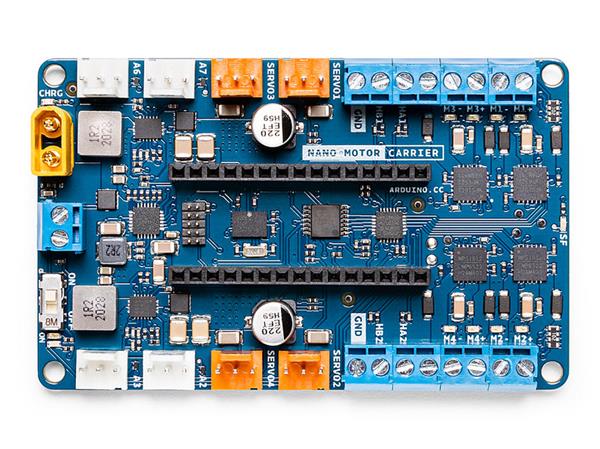
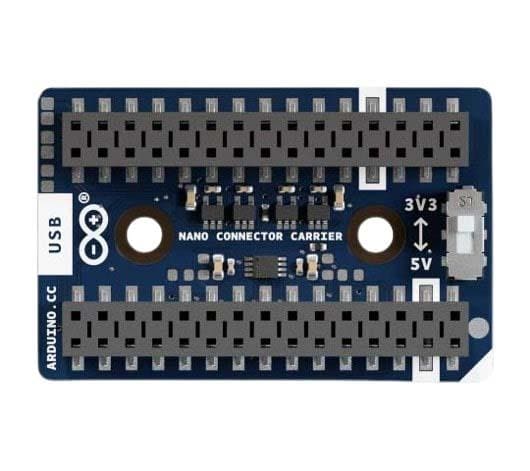
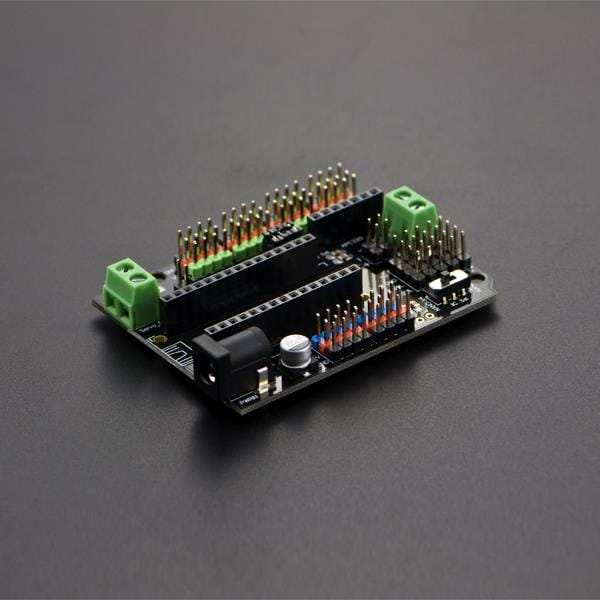
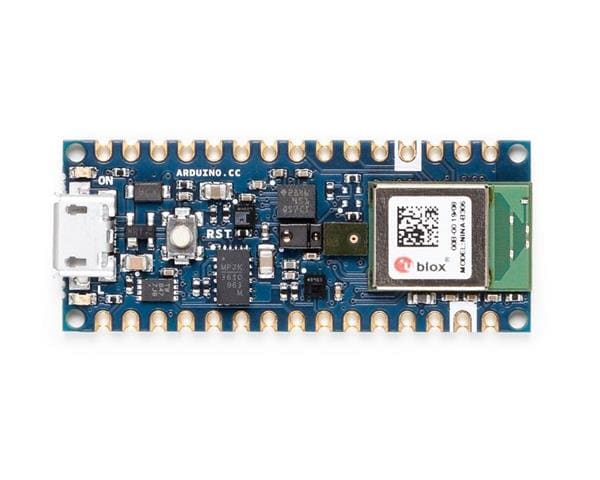
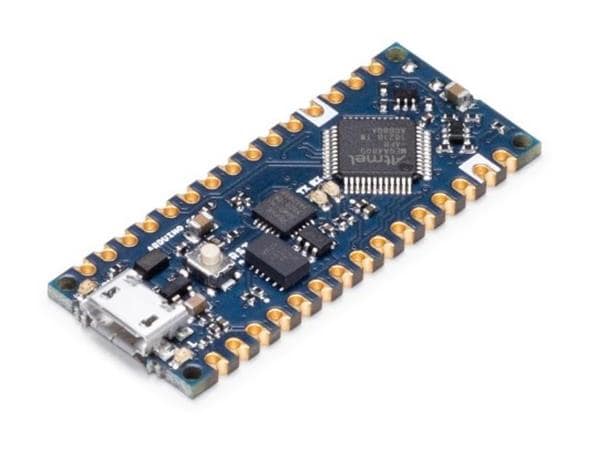

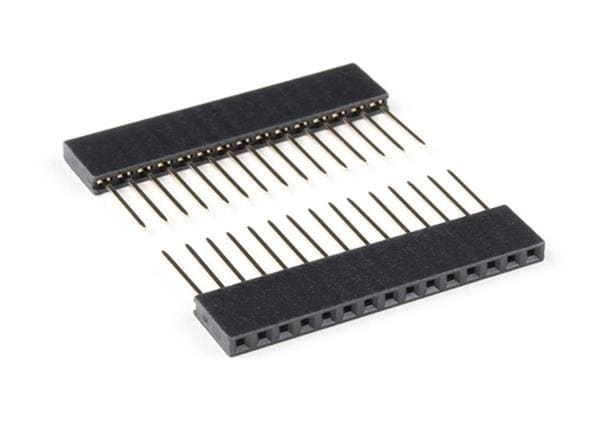
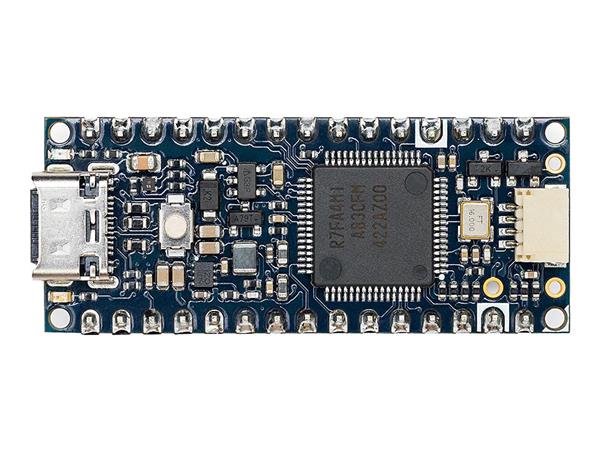
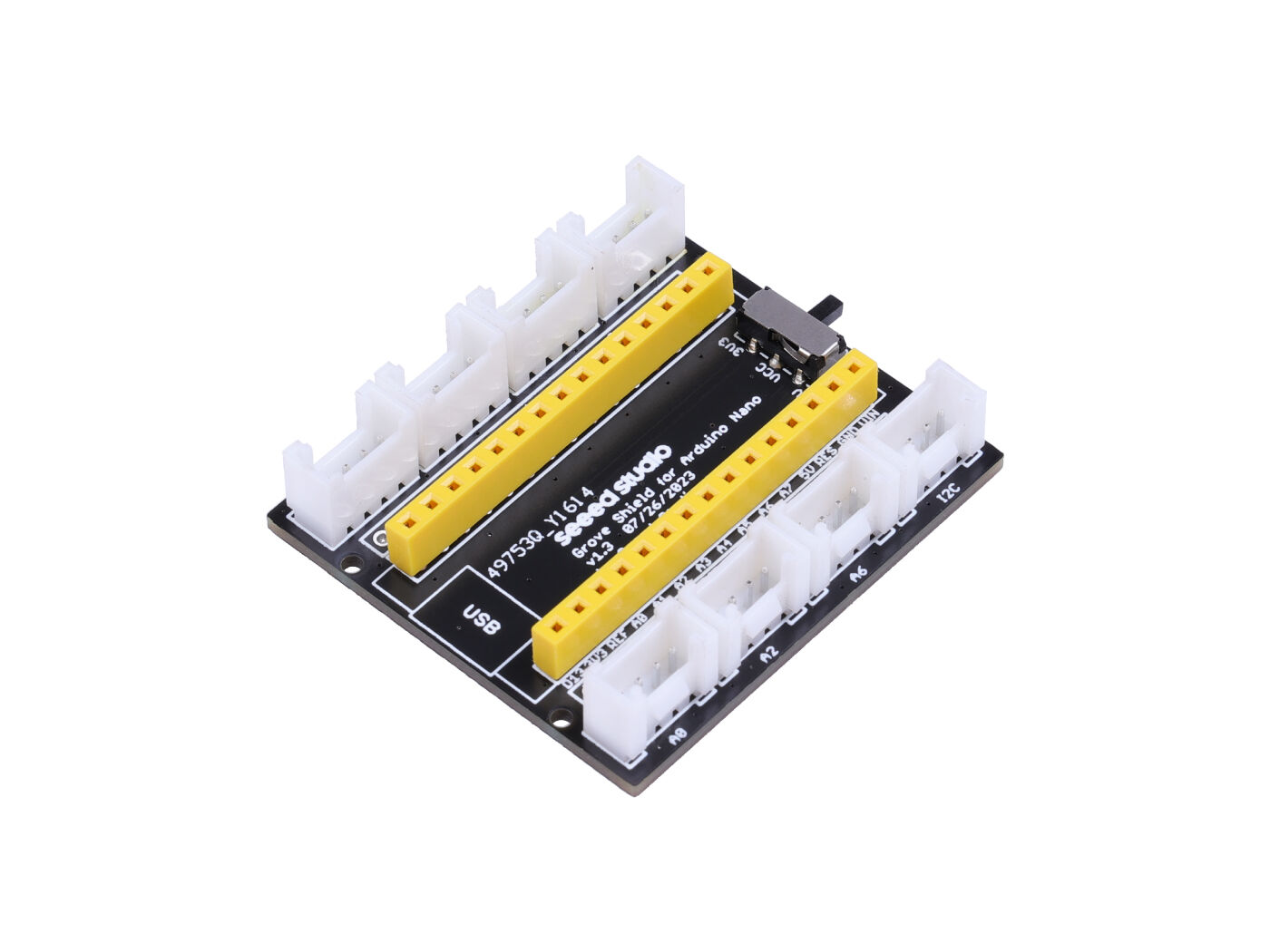
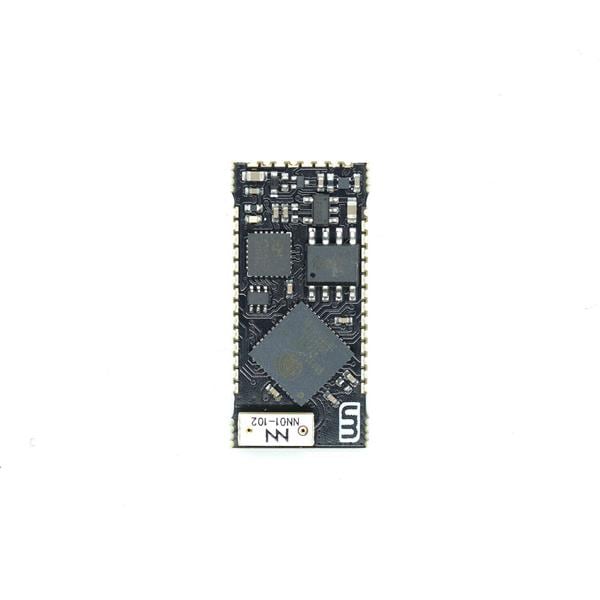
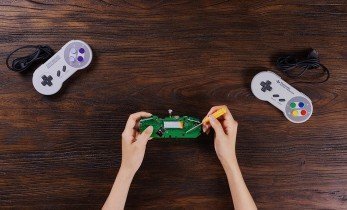

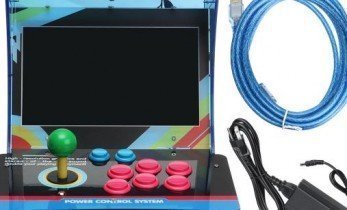

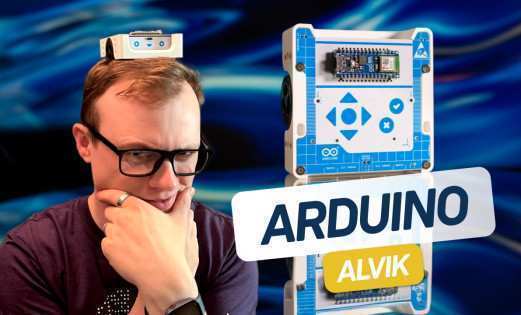
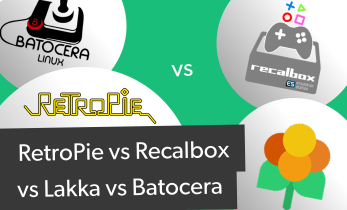
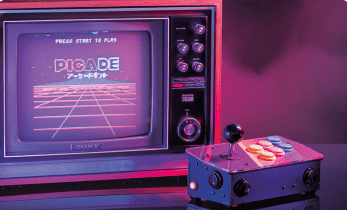
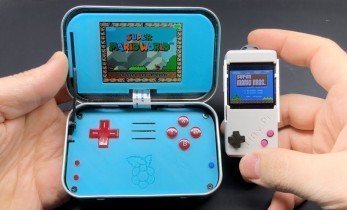
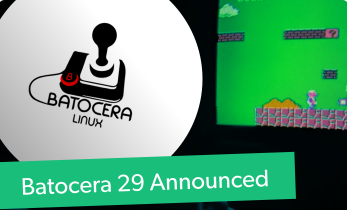
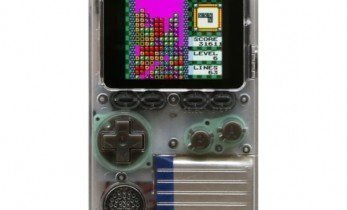
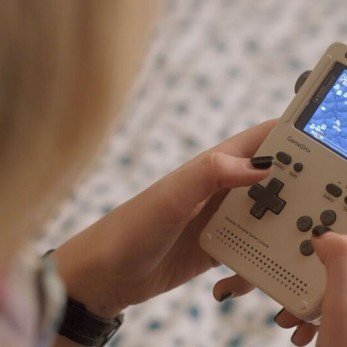
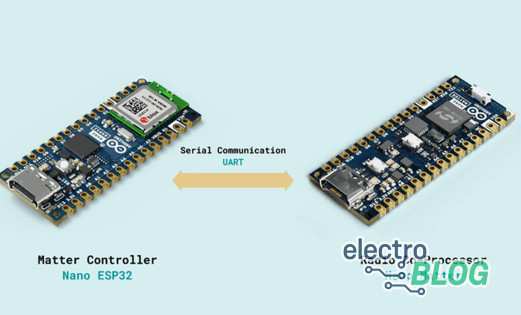
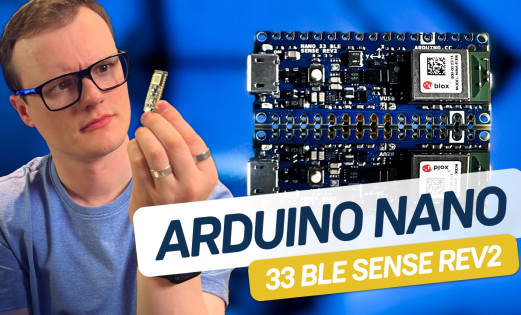


Leave your feedback...